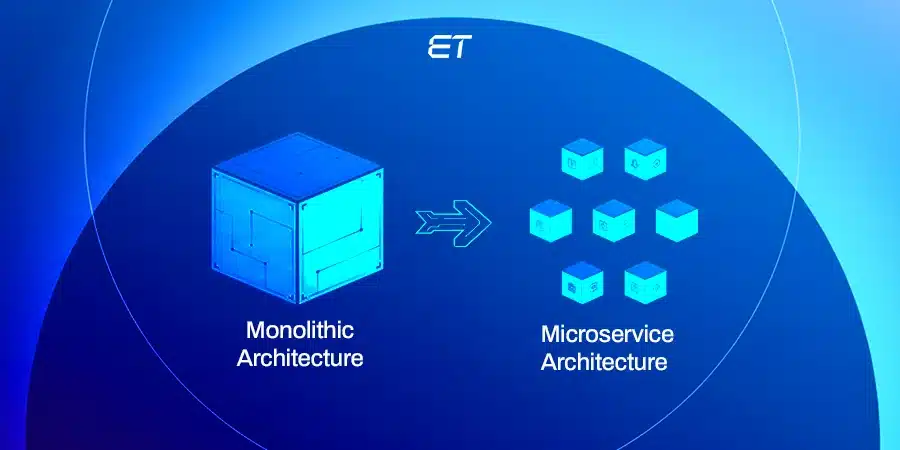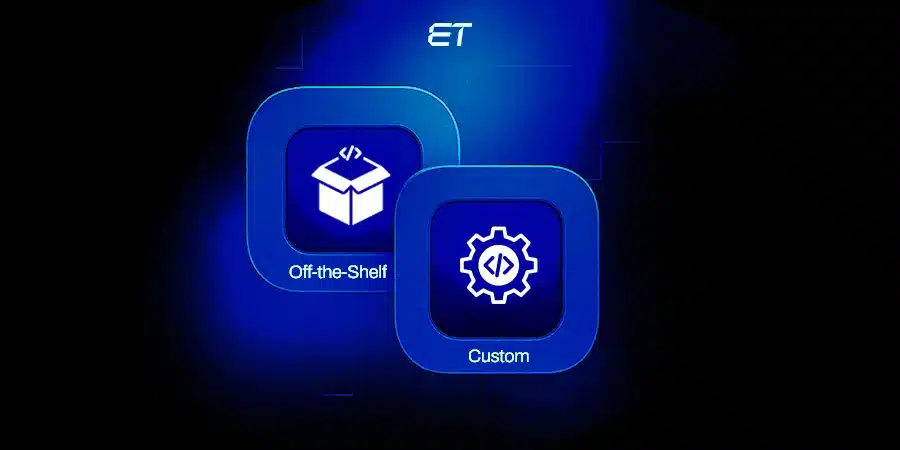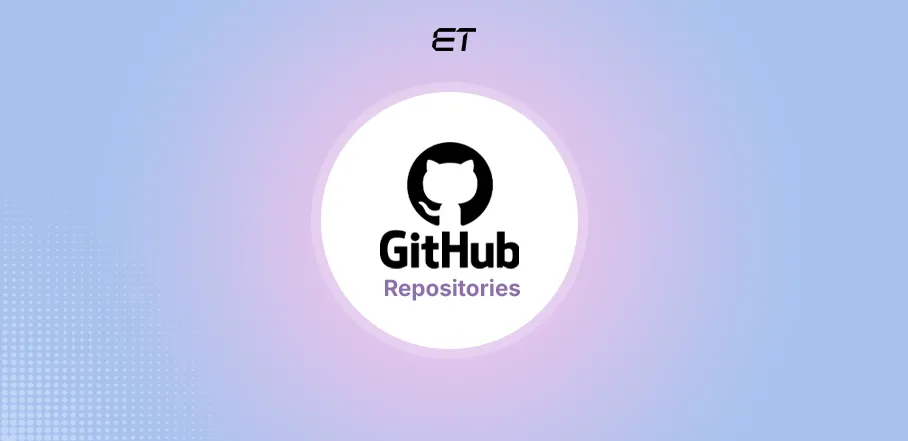
Top GitHub Repositories Every CTO Should Keep an Eye On
Overview: Staying updated with trending GitHub repositories is crucial for CTOs aiming to drive innovation and keep their tech stack competitive. Top repositories often highlight emerging tools, frameworks, and practices that can reshape development workflows and infrastructure strategies. With over 420 million repositories and 150 million developers, GitHub offers vast resources.
This blog highlights 10 top-starred GitHub repositories, including descriptions and GitHub stars, to help you find valuable tools for web development.
GitHub is a cloud-based platform that hosts Git repositories, enabling developers to collaborate, manage code, track changes, and contribute to open-source or private projects.
According to the Statista 2022 report, GitHub is the most used development tool among worldwide developers.
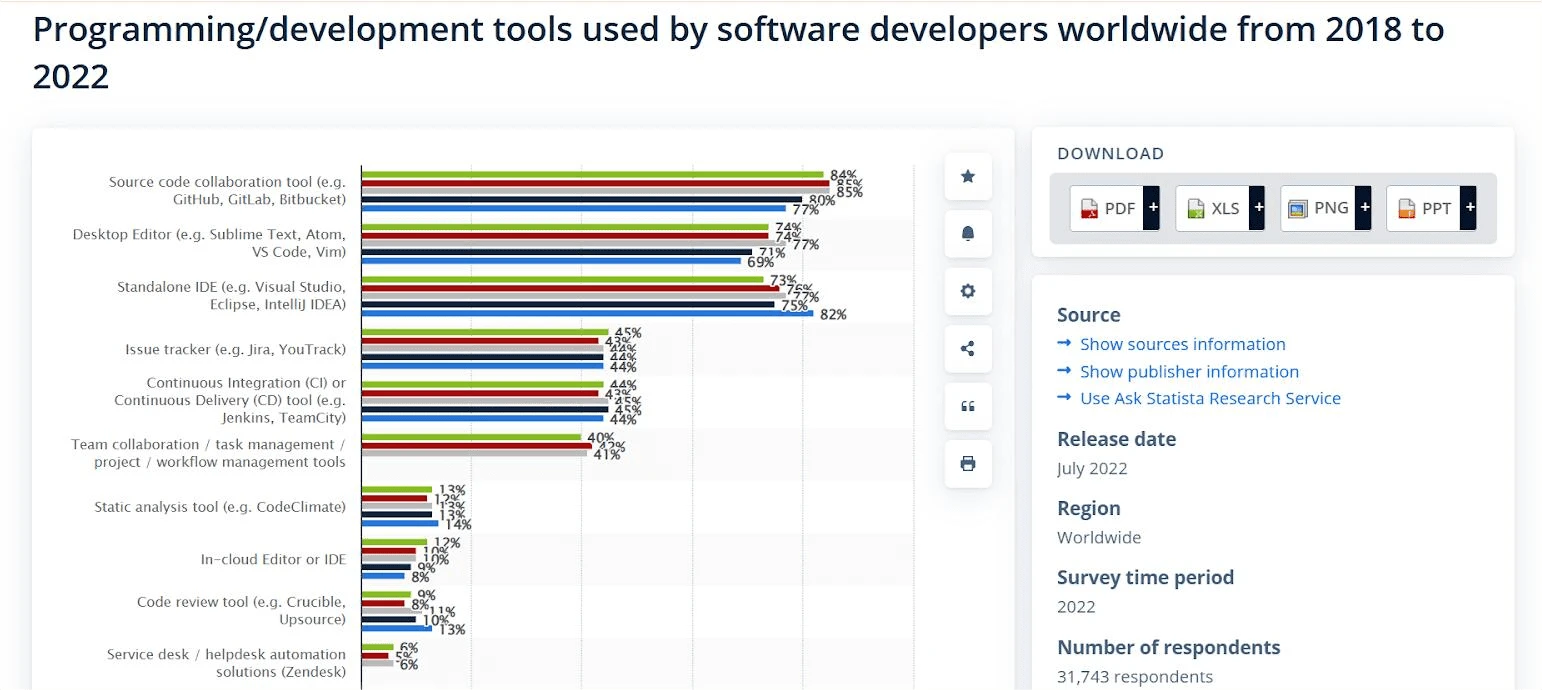
GitHub is a well-liked platform for exchanging frameworks, libraries, collections, and technologies. The most fundamental component of GitHub is a repository. These GitHub repositories offer helpful tools for learning computer science, including detailed plans, free books and courses, tutorials, and practical coding exercises to help you acquire the abilities and information required to succeed in the ever-changing technology industry.
As there are many repositories, finding the finest is challenging. However, it may be difficult to choose the finest due to the large number of repositories. I have therefore selected the top 10 repositories in 2025 that are influencing the future trajectory of technology and assisting CTOs in keeping up with the most recent developments in the field.
First, though, let’s define a GitHub repository.
Come on, let’s get started!
Speak directly to GitHub experts. Our dedicated POC will cater to your project needs
What is a GitHub Repository?
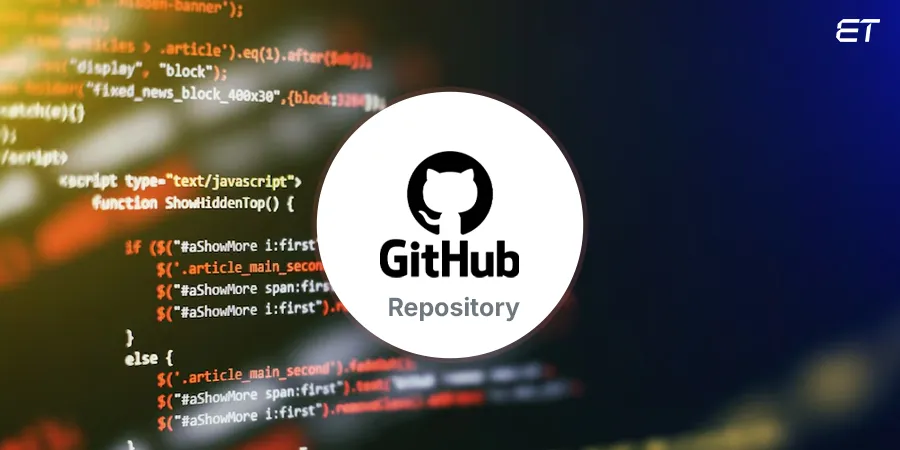
GitHub continues to be the hub for dedicated developers, companies, and open-source communities to build software. A central location for storing and managing code, files, and project-related materials using Git version control is called a GitHub repository. Within the repository, you can manage and discuss the work on your project. Additionally, a company may share ownership of repositories or own them directly.
Repositories can be owned individually or shared within an organization. In both cases, access is controlled through permissions. Refer to GitHub’s documentation for details on permission levels and roles.
These repositories help you manage projects and collaborate with others. It can be public, private, or internal (Enterprise only). In 2023, private repositories grew by 38%, making up over 81% of GitHub activity.
With almost all developers (92%) using or experimenting with AI coding tools, we expect open-source developers to drive the next wave of AI innovation on GitHub. GitHub Copilot is one of the AI-powered coding tools developed by GitHub and OpenAI. It suggests code snippets, functions, and entire lines in real-time as you type, helping developers write code faster, reduce errors, and boost productivity across multiple programming languages.
GitHub Free allows unlimited collaborators on public repositories with full features and private repositories with limited features. Upgrade to GitHub Pro, Team, or Enterprise Cloud for advanced private repo tools. Public repos are riskier, so use GitHub security tools like Dependabot and secret scanning, and follow best practices like MFA and SECURITY.md.
Let’s move on to discover terminology mainly used in repositories. CTOs should be familiar with GitHub repository terminology to lead development teams effectively and make informed technical decisions. It ensures alignment with best practices and supports strategic planning in software development.
Explore how reliable team extension services ensure the perfect fit for your project’s needs.
Understanding GitHub Repository Jargon
Familiarize yourself with these key terms before working with repositories, as understanding them is essential for navigating GitHub effectively and managing your projects with confidence.
| Repository (Repo) | A project’s folder that contains code, files, and version history. |
| Actions | Automations for workflows like testing or deployment. |
| README | A markdown file that explains the project’s purpose, setup, and usage. |
| Issue | A way to track bugs, tasks, or feature requests. |
| Clone | Downloading a repository to your local machine. |
| Fork | A personal copy of someone else’s repository, used to propose changes or explore ideas. |
| Pull Request (PR) | A request to merge changes from one branch into another, often reviewed by collaborators. |
| Merge | Combining code from different branches into one. |
| Branch | A separate line of development was used to work on features or fixes without affecting the main code. |
| Main/Master | The default branch is where stable, production-ready code resides. |
| Commit | A snapshot of changes made to files in the repository, with a message explaining the update. |
Top GitHub Repositories Shaping the Future of Tech in 2025
Here is the curated list of the top 10 GitHub repositories in 2025.
| SNO. | GitHub Repository | GitHub Stars | GitHub Contributors | Link to Repository |
| 1. | facebook/create-react-app | 103k | 897 | facebook/create-react-app |
| 2. | twbs/bootstrap | 172k | 1400 | twbs/bootstrap |
| 3. | KoljaB / RealtimeSTT | 6.6k | 20 | KoljaB / RealtimeSTT |
| 4. | kamranahmedse/developer-roadmap | 314k | 1273 | kamranahmedse/developer-roadmap |
| 5. | Canner/WrenAI | 7.4k | 38 | Canner/WrenAI |
| 6. | public-apis | 336k | 1247 | Github public-apis |
| 7. | Awesome-whisper | 1.6k | 17 | Awesome-whisper |
| 8. | elastic/elasticsearch | 72.3k | +1997 | elastic/elasticsearch |
| 9. | donnemartin/system-design-primer | 296k | 119 | donnemartin/system-design-primer |
| 10. | kubernetes/kubernetes | 114k | 3785 | kubernetes/kubernetes |
Let’s get into the details of each GitHub repository one by one!
1. facebook/create-react-app
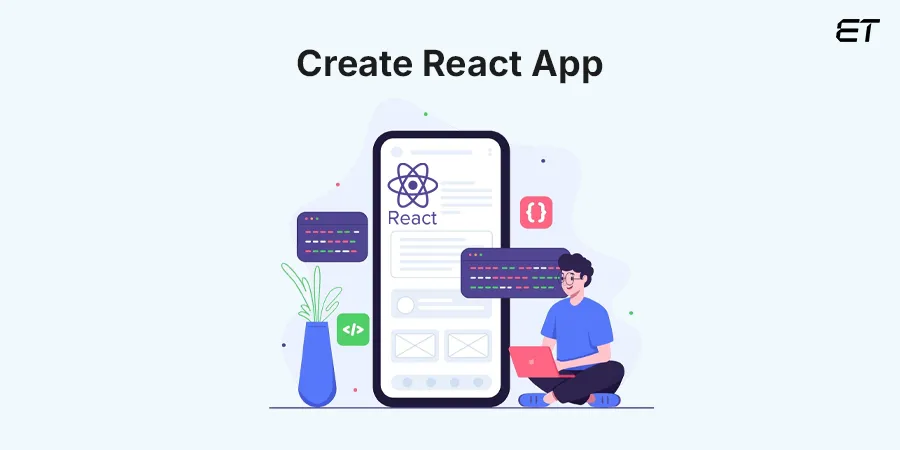
The facebook/create-react-app GitHub repository is an official project maintained by the React team at Facebook. You don’t need to search any further if you want to begin a fresh React project. It enables you to use a pre-configured webpack build for development and create a new React project.
Dedicated React developers can begin working on your application immediately using Create React App rather than writing another webpack configuration. Create React App enables anyone to use basic npm or Yarn instructions to quickly construct and execute a new React project.
| npm install -g create-react-app
create-react-app my-app |
This GitHub repository provides a project structure with the help of the react-scripts package, which includes all configuration and build scripts. In addition to supporting CSS modules, ES6 and ES7 features, unit testing with Jest, and ESLint, the tool comes with a local development server. Furthermore, it supports progressive web apps, code splitting, environment variables, TypeScript, and web vitals for performance monitoring.
A key component of the React ecosystem, Create React App frees you from managing intricate build pipelines for your React application so you can concentrate on the project.
Outsource ReactJS Development—A Complete Guide
Features of facebook/create-react-app
- There is no need to configure build tools like Webpack or Babel.
- It works out of the box with modern JavaScript features.
- It provides live reloading and fast refresh.
- It automatically generates optimized production builds.
- A large community of developers contributes to and improves the repository.
Which platform should you choose between GitLab and GitHub? Find your answer.
2. twbs/bootstrap

The twbs/bootstrap GitHub repository is the official source for Bootstrap, one of the most popular open-source front-end frameworks. Web developers leverage the open-source Bootstrap front-end framework to create mobile-friendly websites and apps. With an emphasis on responsive design, Bootstrap offers a reusable collection of pre-made HTML, CSS, and JavaScript components.
Additionally, it comes with a grid system and styling guidelines that you can readily modify to fit the requirements of a particular project.
The Bootstrap download package includes compiled and minified versions of JavaScript and CSS (e.g., bootstrap.css, bootstrap.min.js) and other required components in well-organized folders. It also comes with bundled JavaScript files (bootstrap.bundle.js and bootstrap.bundle.min.js) that include Popper for tooltips and popovers, as well as source maps (*.map) for debugging browsers.
Bootstrap’s complete documentation is included in the root folder of the repository, which was created with Hugo. It may be seen locally or online at getbootstrap.com.
Bootstrap is perfect for rapidly developing or creating production-ready interfaces because of its grid design and prebuilt components. Regular updates, security fixes, and community contributions demonstrate how actively the repository is maintained.
Features of twbs/bootstrap
- It includes buttons, modals, navbars, alerts, cards, and more for rapid UI development.
- It offers powerful theming and customization options using Sass variables and mixins.
- It includes numerous utility classes for spacing, colors, display, and typography.
- Integrate JS components like tooltips, popovers, modals, and dropdowns with minimal setup.
- It ensures consistent look and behavior across modern browsers.
- It is designed for optimal performance on mobile devices before scaling up.
- Large active community and regular updates for long-term reliability.
3. KoljaB / RealtimeSTT

This repository allows you to quickly create voice-enabled applications, such as voice-based storytelling, podcast transcription, live meeting transcription, and many more. With wake word activation, voice activity recognition, and real-time transcription, it is a quick and effective speech-to-text tool.
This library provides incredibly low latency and lightning-fast transcription thanks to its state-of-the-art architecture. It comes with a client class that can either launch a server or connect to one. Due to a new command-line interface, you may easily execute the client (stt) or server (stt-server).
For those curious about how it operates, Voice Activity Detection recognizes when speech begins and ends, allowing answers only when speaking. While Wake Word Activation sets systems to react to a specific word, Realtime Transcription quickly turns speech into text. They work together to enable hands-free, seamless, and effective voice interactions in real-time communication tools, assistants, and smart gadgets.
Artificial Intelligence Statistics: Insights and Trends in 2025.
Features of KoljaB/RealtimeSTT
- It utilizes WebRTC VAD and Silero VAD for precise detection of speech segments.
- It supports custom wake words using Porcupine and OpenWakeWord engines, enabling hands-free operation.
- Leverages Faster_Whisper for rapid transcription, enhancing performance on compatible hardware.
- It ensures continuous operation through fallback mechanisms, switching to alternative engines in case of disruptions.
- It is designed to work seamlessly across various operating systems.
- Easily integrates with other applications, facilitating the development of voice-enabled systems.
- Actively maintained with contributions from a global community, fostering continuous improvement.
4. kamranahmedse/developer-roadmap
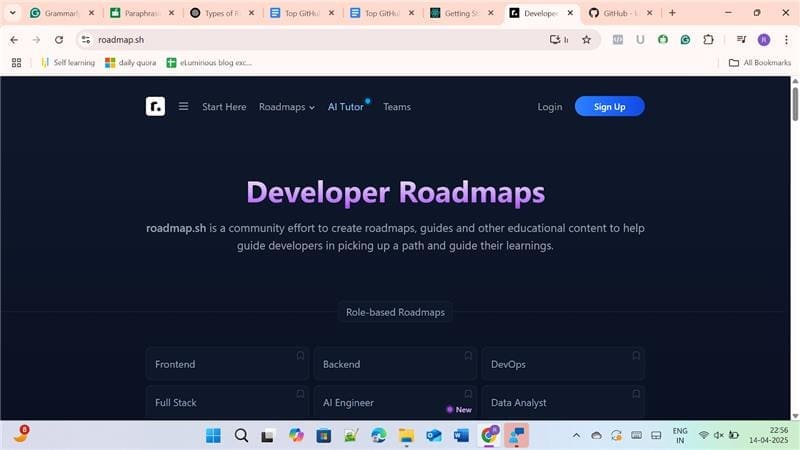
A well-known GitHub repository, kamranahmedse/developer-roadmap, contains interactive roadmaps, tutorials, and other learning materials aimed at assisting web and mobile developers in advancing their careers.
Created by the community, it provides structured paths for various tech roles, enabling individuals to choose the right direction based on their goals. Whether you’re a beginner or looking to specialize, Roadmap.sh offers clear, practical guidance to support continuous growth and skill development in the ever-evolving world of software development.
Software Development Best Practices in 2025 for Success
The beginner DevOps roadmap is designed for those with backend knowledge and focuses heavily on operations tasks. It covers essential skills like deploying, scaling, monitoring, and maintaining applications. This roadmap helps bridge the gap between development and operations, providing a solid foundation for anyone looking to start a career in DevOps.
Features of kamranahmedse/developer-roadmap
- It provides structured guides for specific technologies like JavaScript, Python, Docker, and Kubernetes.
- It includes curated best practices for coding, performance optimization, and security measures.
- Features in-depth articles, tutorials, and videos to supplement learning.
- Actively maintained with contributions from a global community, ensuring up-to-date content.
- It is designed for easy navigation and accessibility, catering to both beginners and experienced developers.
- Encourages collaboration and customization, allowing users to contribute and tailor the content.
5. Canner / WrenAI
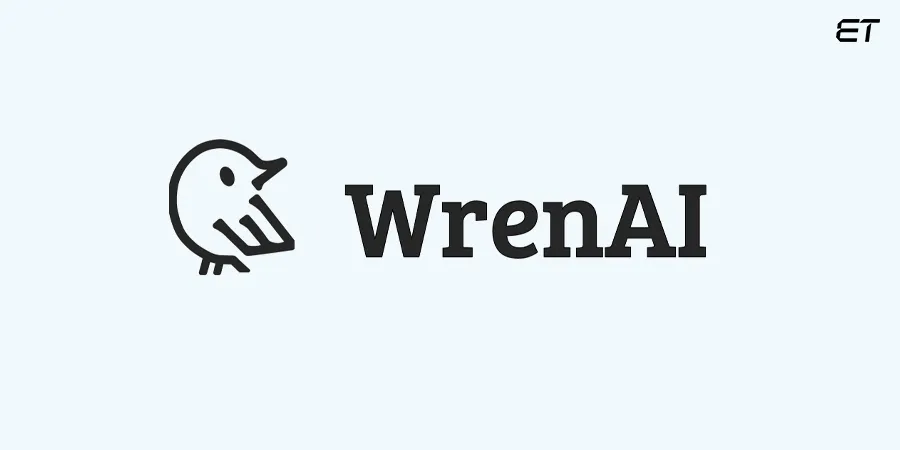
Wren AI is an open-source GenBI platform that transforms business intelligence by enabling data teams to work with data through reports, visualizations, actionable insights, and text-to-SQL. You can now unlock the power of data without complexity, as SQL queries and complicated dashboards can be replaced with this GitHub repository. Using “Modeling Definition Language” to analyze information, schema, and logic produces precise, context-rich SQL queries and AI-powered visual results in real time.
Top 10 Artificial Intelligence Companies in 2025
Wren AI’s conversational platform, powered by GenBI and AI-driven spreadsheets, allows data teams to obtain insights quickly without writing SQL. Its user-friendly interface and semantic architecture offer extensive data connectivity, enabling users to easily unlock their data’s full potential.
Features of Canner / WrenAI
- It transforms natural language into SQL for fast data querying.
- Users can ask questions in plain English and receive SQL queries and answers.
- Enables interactive, chat-style queries to explore data.
- Auto-generate charts, reports, and insights from raw data.
- Processes metadata, schema, and logic for accurate query generation.
- It understands relationships, terms, and calculations for contextual accuracy.
6. Public-apis
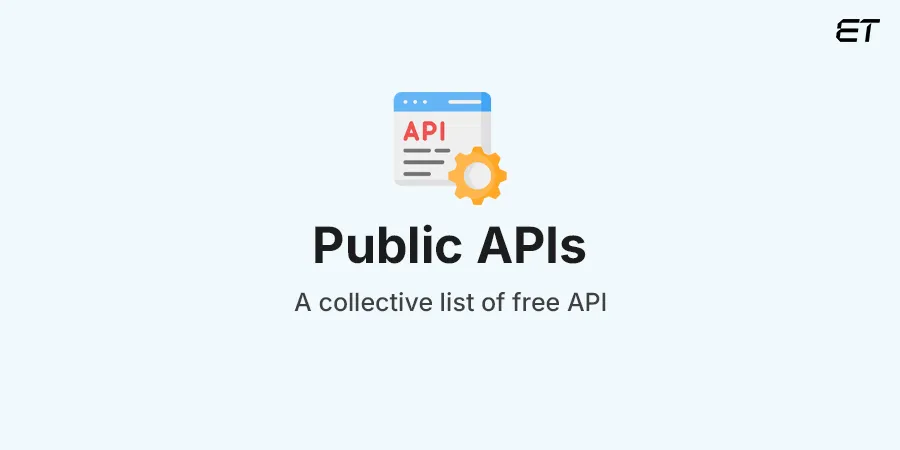
A public API, sometimes called an open API, is an application programming interface made accessible to software developers. Because open APIs are freely shared online, the owner of a network-accessible business can provide customers with universal access.
Mastering API Development: A Comprehensive Guide
Think of it as a wealth of APIs that have been carefully maintained by the community over time. Community members like you and the people at APILayer manually curate the Public APIs repository. It offers a comprehensive collection of open APIs from numerous domains that you can utilize for your own products.
Both developers and publishers can profit from open APIs. Publishers can keep their proprietary code safe, make money through licensing, and grow their user base at a reasonable cost. At the same time, developers can take advantage of less dependence, less time spent fixing errors, and the freedom to utilize the tools of their choice. This mutual benefit encourages cooperation and innovation across platforms and sectors.
Real-Time API Guide: What is it, Benefits, and Best Practices
Features of Public-apis
- APIs are neatly categorized (e.g., Animals, Anime, Books, Business, Weather).
- It is maintained by a large community with regular updates and contributions.
- It is fully open for public contributions and suggestions via GitHub.
- It includes links to API documentation and endpoints for easy access.
- It is ideal for learning and experimentation with different data sets.
- Many listed APIs do not require an API key or token.
- It is excellent for developers building prototypes, learning, or testing applications.
Looking to integrate ChatGPT in your software through an API? Our guide has all the steps.
7. Awesome-whisper

The Awesome Whisper GitHub repository contains a curated collection of information, projects, and tools centered around OpenAI’s Whisper automatic speech recognition (ASR) technology. Whisper is an Encoder-Decoder model trained on 680,000 hours of multilingual data. It processes 30-second audio chunks into log-Mel spectrograms, with a decoder predicting text captions and performing tasks like language identification, transcription, and translation.
The Whisper models can translate speech into English (speech translation) and transcribe speech audio into text in the language it is spoken in (ASR) because they have been trained for speech recognition and translation tasks.
This repository compiles community-developed applications, wrappers, integrations, and enhancements that expand Whisper’s capabilities, offering a centralized resource for tools and improvements designed to increase the model’s functionality and usability. It is a go-to resource for developers and researchers working on speech-to-text projectet. Awesome Whisper showcases the top open-source initiatives to increase Whisper’s usability, adaptability, and strength for a range of applications, from real-time transcription tools to extensions that support several languages.
Features of Awesome-whisper
- It covers tools supporting transcription in multiple languages.
- It includes CLI tools, GUIs, and automation utilities for audio-to-text conversion.
- Streaming and Batch Processing: Offers both live and offline audio transcription options.
- It includes tutorials, code samples, and SDKs for implementing Whisper.
- It is regularly updated by contributors with the latest developments.
- Support for Windows, macOS, and Linux environments.
- Showcases techniques and tools for improving inference speed and accuracy.
8. elastic/elasticsearch
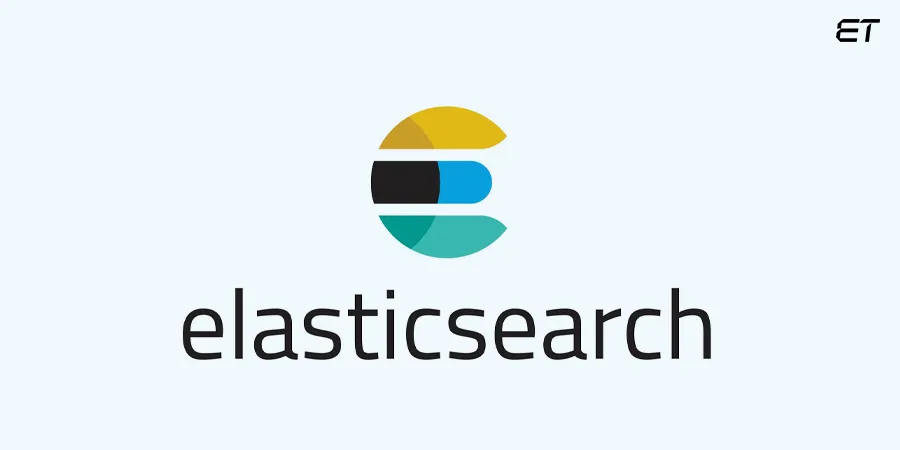
The elastic/elasticsearch GitHub repository is the official source code for Elasticsearch. It is a robust, open-source, distributed RESTful search and analytics engine, vector database, and scalable data store that can handle increasing use cases.
The core of Elastic’s open-stack platform is Elasticsearch. Do vector searches, search through large datasets almost instantly, integrate with generative AI apps, and much more.
With its sophisticated pipeline query features, Elasticsearch Query Language (ES|QL) improves data exploration and makes search workflows more effective and efficient. In addition to returning the best results, Elasticsearch facilitates structured, unstructured, geo, and metric searches. Furthermore, substantial aggregations simplify complex data analysis by revealing patterns and trends in large datasets, such as billions of log entries.
The most recent version of Elasticsearch can be downloaded from elastic.co/downloads/elasticsearch if you would rather install and maintain it yourself.
Features of elastic/elasticsearch
- It offers powerful and fast full-text search across massive datasets.
- It can be built for horizontal scaling, high availability, and multi-node clustering.
- It enables advanced and flexible data queries with piped syntax.
- Allows users to analyze large volumes of data and identify trends.
- It works with a variety of data formats, including logs, metrics, and documents.
- Features role-based access, encryption, and authentication.
9. donnemartin/system-design-primer
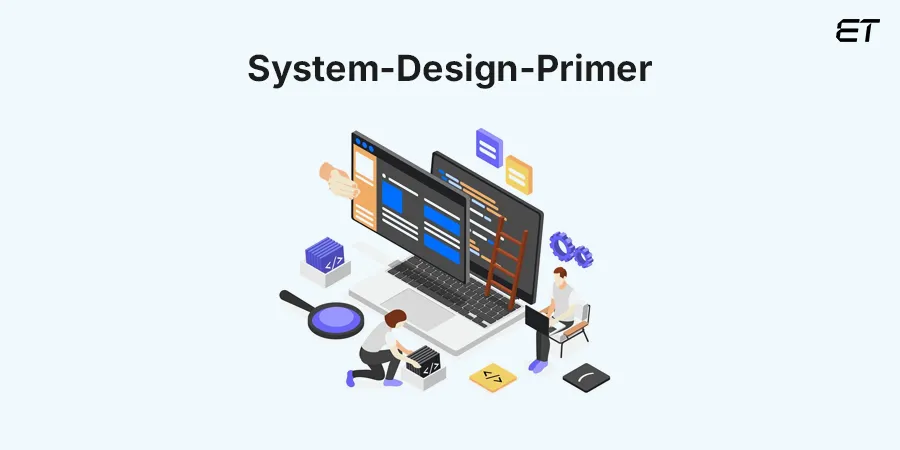
The donnemartin/system-design-primer GitHub repository is a comprehensive resource to help developers master the art of designing scalable systems.
UX vs UI: Picking the right designer for your product
It organizes a wealth of materials and references to guide you through fundamental and advanced system design concepts. With system design being a critical part of technical interviews at top tech companies, this repository helps you prepare effectively by offering common interview questions, sample solutions, diagrams, and discussions.
It’s especially valuable for engineers looking to improve their ability to build large-scale, reliable systems. By studying the principles and practicing real-world scenarios, newbie or experienced developers can sharpen their skills and become more proficient in designing efficient, scalable software systems.
Features of donnemartin/system-design-primer
- Comprehensive guide to system design fundamentals and advanced concepts
- Tailored for preparing technical interviews at top tech companies
- Includes architecture diagrams and trade-off discussions for clarity
- Covers scalability, reliability, performance, and fault tolerance
- Helps understand how to build large-scale distributed systems
- Contains project-based learning and coding exercises
- Continuously updated with community contributions and improvements
10. kubernetes/kubernetes
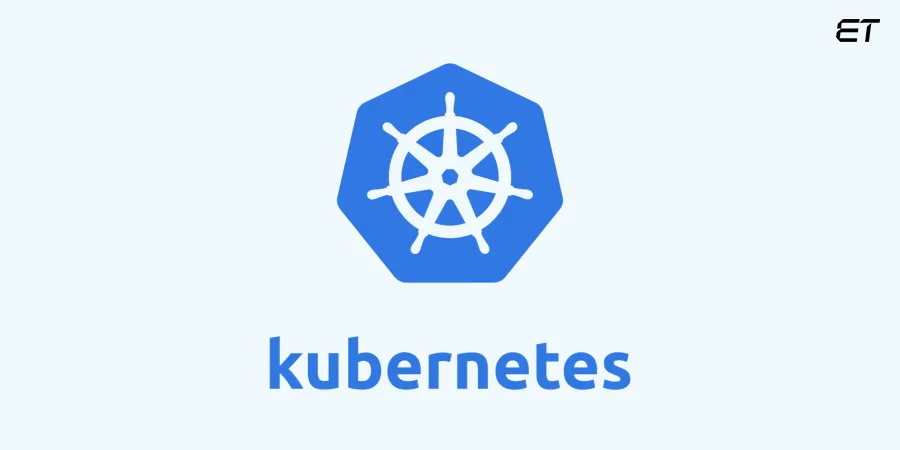
Kubernetes is an open-source, portable, and extensible platform that makes declarative setup and automation easier for containerized workloads and services. It offers fundamental tools for application deployment, maintenance, and scalability. The Cloud Native Computing Foundation (CNCF) is the infrastructure hosting this GitHub repository.
In Greek, the meaning of the name Kubernetes is “helmsman” or “pilot.” Counting the eight letters that separate the “K” from the “s” yields the acronym K8s.
In 2014, Google made the Kubernetes project publicly available. It incorporates the finest practice suggestions from the community and Google’s 15 years of expertise managing production workloads.
Container management is made easier by Kubernetes, which groups application containers into logical units for simple handling and discovery. With its ability to handle scalability, failovers, and deployment techniques like canary releases, Kubernetes, which is tailored for production environments, allows for robust, distributed system operations with no manual involvement.
Kubernetes gradually implements changes to your application or its configuration while keeping an eye on the health of your application to make sure it doesn’t kill all of your instances at once. It will reverse the modification for you if something goes wrong.
Features of kubernetes/kubernetes
- Automatically schedules containers based on resource needs and constraints.
- Restarts failed containers and replaces and reschedules when nodes die.
- Scales applications up or down automatically with a single command or based on CPU usage.
- It assigns containers their own IP addresses and a single DNS name.
- It deploys and updates secrets and app configurations without rebuilding images.
End Note
A Git repository allows you to store your project in a virtual environment, making it easy to manage, track changes, and collaborate with others efficiently. These GitHub repositories are valuable for storing different code versions, allowing you to access, manage, and retrieve specific iterations whenever needed, ensuring efficient version control and collaboration.
This blog features the top 10 GitHub repositories we’ve curated to help you out. We hope you find them valuable for your development journey and project inspiration.
Monitoring these GitHub repositories gives CTOs insights into community support, adoption rates, and the direction of open-source development. Additionally, evaluating popular GitHub projects helps identify scalable, cost-effective solutions for business challenges.
Find the cost to hire dedicated developers in 2025.
GitHub repositories in VS Code are ideal for browsing code history, editing Markdown files, or making quick changes without needing a local setup. It’s great for reviewing pull requests and managing documentation directly in the editor. However, for complex tasks like building, testing, or using full VS Code extensions, cloning a repository locally is still necessary, as GitHub Repositories have certain limitations in advanced development workflows.
If you ask our top repository, we favor facebook/create-react-app for its simplicity and powerful setup. It streamlines React project initialization, supports scalable architecture, and eliminates boilerplate configuration—making it ideal for rapid web app development, especially in fast-paced production environments.
Share your favorite GitHub repositories of 2025 in the comments below! We’d love to hear which projects inspired you the most or made your development journey easier this year. Let’s celebrate great code together!
Stop thinking. Pick our vetted resources to create a customized software for your business.
Frequently Asked Questions
1. What is the difference between Git & GitHub?
Git is a version control system used to track changes in code, while GitHub is a cloud-based platform that hosts Git repositories, enabling collaboration, code sharing, and project management among developers online.
GitLab vs GitHub: Which Platform to Choose?
2. Do I need to pay for a GitHub account?
No, you don’t need to pay for a GitHub account. GitHub offers free accounts with access to unlimited public and private repositories.
3. How to create GitHub repositories?
To create a GitHub repository, first log in to your GitHub account. Click the “+” icon in the top-right corner and select “New repository.” Provide a repository name and description (optional), and choose whether it will be public or private. You can also initialize it with a README. Finally, click the “Create repository” button to complete the process. Read in more detail.
4. Is GitHub entirely free to use, or are there costs associated with its premium plans? What features do the paid subscriptions offer?
GitHub offers a free plan with core features like unlimited public/private repositories and collaboration tools. However, paid plans start at $4/user/month, offering advanced features such as code owners, required reviewers, and 2,000+ CI/CD minutes. GitHub Enterprise provides even more, including SAML SSO, audit logs, and premium support, tailored for organizations with enhanced security and compliance needs.
5. How can a developer help me in leveraging GitHub repositories?
A developer can help you leverage GitHub repositories by setting up version control, managing collaboration, automating workflows, handling pull requests, and maintaining documentation. They ensure efficient project management and streamline development using GitHub’s powerful tools and integrations.
Unlock your project’s full potential—hire experienced, dedicated developers today for scalable, efficient, and reliable solutions tailored to your business needs.

